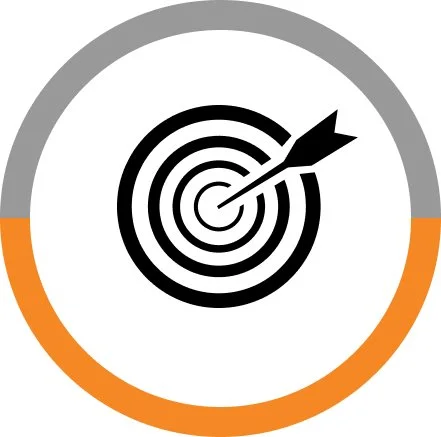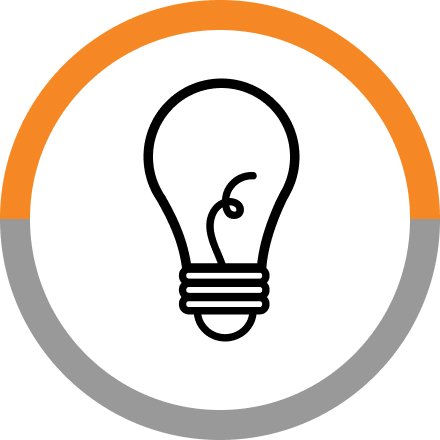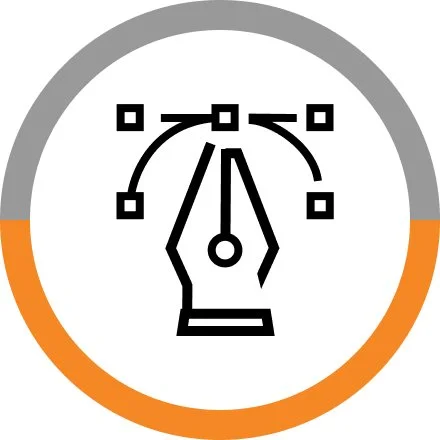Design Thinking Process
Design thinking is a problem-solving approach that focuses on understanding the needs of the users, generating creative ideas, and testing and refining solutions to come up with innovative and effective designs. It involves empathizing with the users, defining the problem, ideating possible solutions, prototyping and testing those solutions, and iterating based on feedback to create a user-centered design.
Empathize
The empathize stage of the design thinking process is crucial because it involves understanding the needs, emotions, and experiences of the end users for whom the design solution is being created. By empathizing with the users, I gain valuable insights that help develop a deep understanding of the problem being solved. This stage allows me, as the designer, to uncover unmet needs, identify pain points, and discover opportunities for innovation. Ultimately, empathizing with users helps ensure that the resulting design solution is not only functional and usable but also meaningful and impactful in addressing the users' needs and desires.
Define
The define stage of the design thinking process sets the foundation for the entire design process. This stage involves combining all the research and insights gathered during the empathize and define stages to clearly define the problem statement and identify the needs and objectives of the project. By clearly defining the problem, I am able to focus my efforts on creating solutions that directly address the needs of the users. This stage also helps in setting the direction for the ideation and prototyping stages, ensuring that the solutions developed are relevant and effective. The define stage helps in aligning all stakeholders on the problem to be solved, leading to more successful and impactful design solutions.
Ideate
The ideate stage of the design thinking process focuses on generating a wide range of creative ideas to address the problem at hand. This stage encourages participants to think outside the box, explore unconventional solutions, and push the boundaries of innovation. By fostering a culture of brainstorming and collaboration, the ideate stage allows for diverse perspectives to be considered, leading to the discovery of new concepts and approaches. This phase is essential for unlocking new opportunities, sparking inspiration, and laying the groundwork for the development of innovative solutions that can truly make a difference.
Prototyping
The prototype stage of the design thinking process allows designers to bring their ideas to life and test them in a tangible form. By creating a prototype, I can quickly identify flaws, gather feedback, and iterate on my concepts before investing significant time and resources into full-scale production. Prototyping also helps to communicate ideas more effectively to stakeholders and end-users, fostering collaboration and ensuring that the final product meets the desired goals and user needs. The prototype stage accelerates the innovation process by enabling rapid experimentation and validation of ideas, leading to more successful and user-centric design solutions.
Test
The test stage of the design thinking process allows for the validation and refinement of ideas before final implementation. By testing prototypes and concepts with real users, I gain valuable insights and feedback that helps me understand if the solutions are meeting the needs of the target audience. This stage enables designers to identify any flaws or areas for improvement in their designs, leading to more effective and user-centered solutions. Additionally, testing helps to reduce the risk of failure and ensures that the final product or service will be well-received by users, increasing its chances of success in the market.







